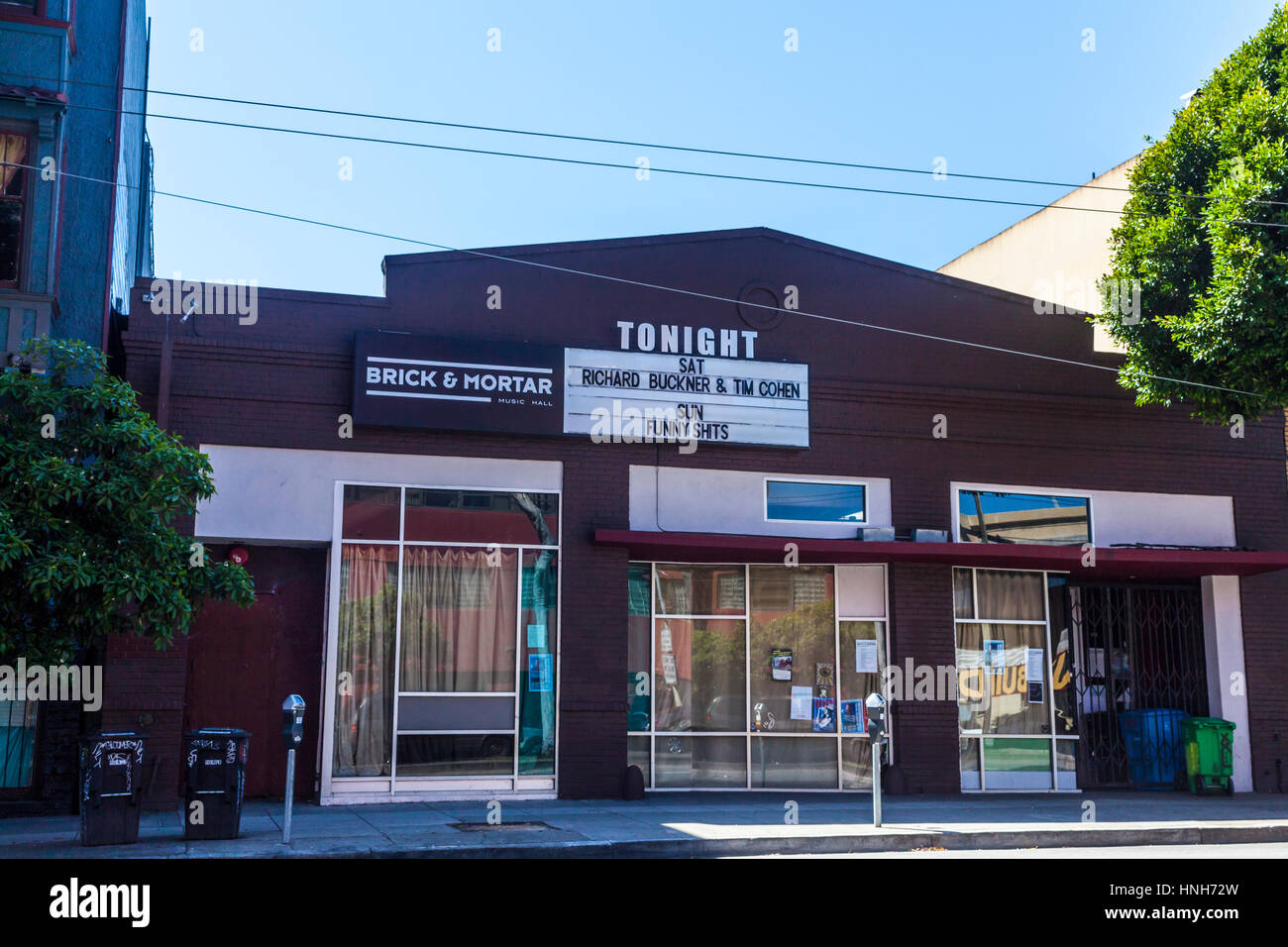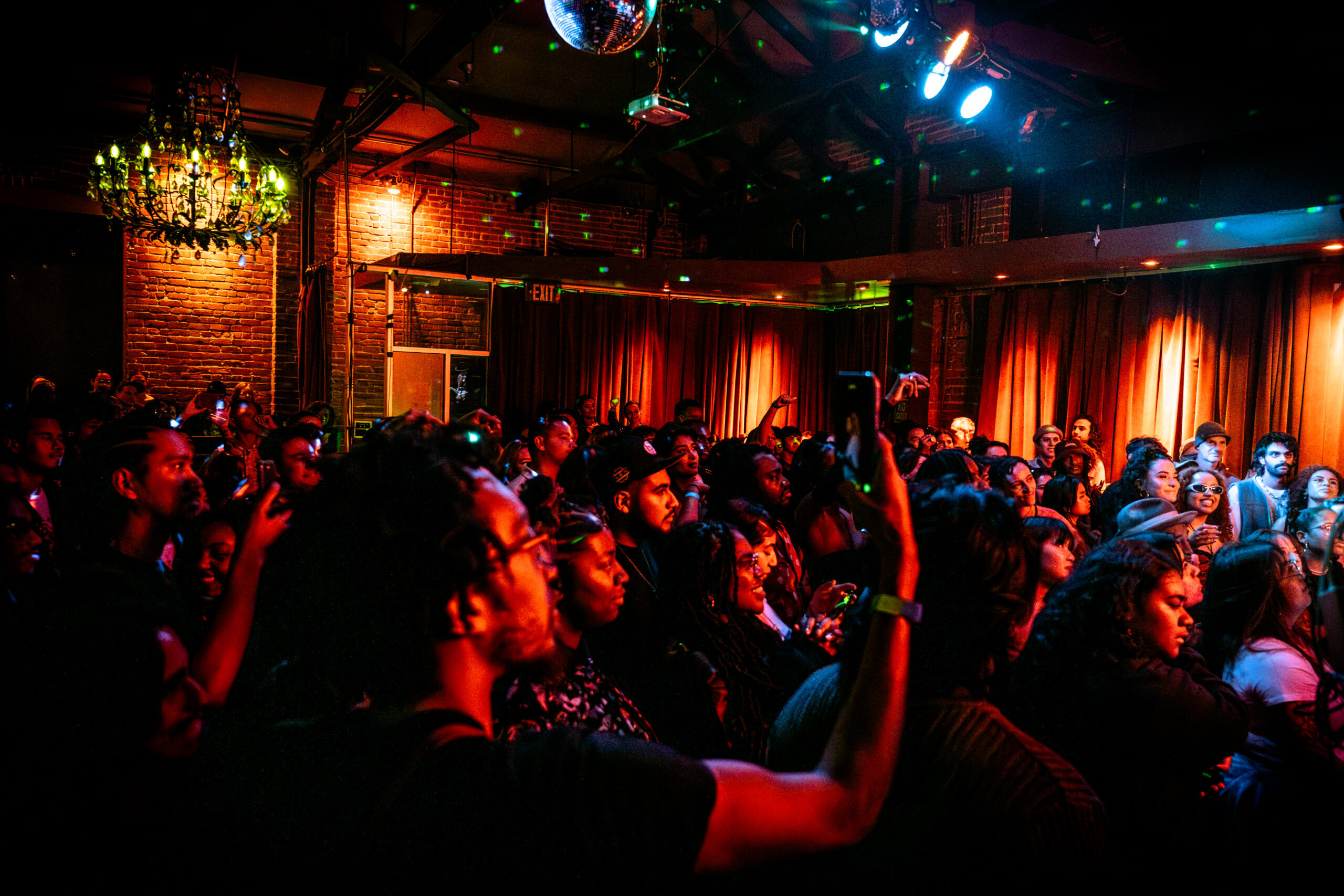Discover SF's Best Brick And Mortar Shops & Hidden Gems!
Is the future of San Francisco's retail landscape truly etched in concrete and bound by storefronts? While the digital world continues its relentless expansion, brick and mortar establishments in San Francisco are proving remarkably resilient, adapting and evolving to maintain their relevance in a rapidly changing environment.
San Francisco, a city synonymous with innovation, tech giants, and forward-thinking ideologies, presents a paradox. Its vibrant online presence is undeniable, yet the tangible, physical experience of shopping, dining, and engaging with local businesses remains deeply ingrained in the city's culture. The "brick and mortar sf" scene isn't simply surviving; it's often thriving, re-imagining itself to cater to the evolving needs and desires of its diverse clientele. From the historic charm of North Beach to the trendy boutiques of Hayes Valley, the city's physical storefronts continue to offer unique experiences that online platforms struggle to replicate. This adaptability is key; successful brick-and-mortar businesses in San Francisco have learned to leverage their physical presence, combining it with a robust online strategy to create a seamless and engaging customer journey. They are not just selling products; they are curating experiences, building communities, and fostering a sense of place.
The story of brick and mortar in San Francisco is, in essence, a story of transformation. The city, a crucible of creativity and competition, demands that businesses constantly reinvent themselves. This relentless evolution is reflected in the businesses themselves, which are incorporating technology, embracing sustainability, and prioritizing customer relationships. Small businesses are the backbone of the city's unique character, offering local and personalized experiences. However, the challenges are considerable. The high cost of real estate, the rising cost of labor, and the shifting consumer preferences all play pivotal roles. Navigating these hurdles requires a nuanced understanding of the market, an unwavering commitment to quality, and a willingness to embrace change.
The recent economic pressures have undoubtedly affected the retail landscape. The pandemic accelerated the shift towards online shopping, forcing many brick-and-mortar businesses to re-evaluate their strategies. The aftermath of the pandemic revealed two key strategies for survival: enhance the in-store experience, and strengthen the digital presence. This involves offering personalized service, hosting events, and leveraging social media to connect with customers. The ability to combine the advantages of both the online and offline worlds is the key ingredient for success.
The history of "brick and mortar sf" is intrinsically linked to the history of the city itself. From the gold rush era, when the first general stores sprung up, to the boom of the industrial age, storefronts have always been at the center of social and economic life. These physical spaces fostered community, provided essential goods and services, and served as a hub for exchanging ideas. Although the scale and scope of retail has changed dramatically, the fundamental need for gathering and interacting within a physical space persists.
In recent years, the concept of "experiential retail" has taken center stage. Businesses are focusing on creating memorable and engaging experiences for their customers, making their stores into destinations. These experiences might include interactive displays, workshops, or simply a comfortable space to relax and connect. For example, many independent bookstores now host author events, book clubs, and readings, transforming their space into a vibrant literary hub. Similarly, clothing boutiques may offer personal styling services or exclusive previews of new collections, cultivating a personalized relationship with customers. This emphasis on experience is particularly appealing to younger generations, who place a premium on authentic interactions and unique encounters.
The rise of e-commerce and the subsequent changing consumer behaviour has presented both challenges and opportunities for "brick and mortar sf". The competition from online retailers is intense, and businesses must work harder to attract customers to their stores. This has led to innovation, from businesses specializing in unique, niche products to offering exceptional customer service. This focus on creating a unique brand identity and fostering a loyal customer base sets a foundation for success.
The location plays a very important role. The demographics and the characteristics of each neighborhood impact the type of business that succeeds. For example, a high-end designer boutique might thrive in a wealthy area like Pacific Heights, while a funky vintage store may fit in perfectly in the Mission District. The success of a business is closely tied to its ability to serve the local population and to cater to their needs and interests. This understanding of the local market is critical for businesses in an evolving world.
Sustainability is also a growing trend in the "brick and mortar sf" landscape. Consumers are increasingly conscious of environmental issues and are choosing to support businesses that prioritize sustainability. This might include sourcing sustainable materials, reducing waste, or implementing energy-efficient practices. Businesses are adopting various methods, from eco-friendly packaging to supporting local artisans and farmers. This reflects a growing demand for ethical and responsible businesses.
The role of technology in brick-and-mortar retail is also evolving. While some see technology as a competitor, forward-thinking businesses are embracing it as a tool to enhance the customer experience. This can include things such as utilizing point-of-sale systems, in-store Wi-Fi, and social media integration. Technology can also be used to gather data on customer preferences, allowing businesses to tailor their offerings and services accordingly. By embracing technology, brick-and-mortar businesses can create a seamless and convenient shopping experience that leverages the benefits of both the physical and the digital worlds.
The city's "brick and mortar sf" story is also a tale of creative partnerships and collaborations. Businesses are increasingly teaming up with each other, as well as with local artists, designers, and community organizations. This collaboration can take many forms, from hosting joint events to sharing marketing resources. Such partnerships not only provide businesses with access to new customers but also strengthens the community. It also creates a sense of unity and mutual support. These alliances create a richer experience for customers.
The future of "brick and mortar sf" is not predetermined. However, it is clear that survival and prosperity depend on adaptability, innovation, and a deep understanding of the city's unique character. While the online world continues to grow, the physical presence of businesses in San Francisco remains a vital part of the city's identity. It is an environment where entrepreneurship can flourish. Businesses that embrace change, prioritize the customer experience, and build strong relationships with their communities are well-positioned to thrive.
The resilience of the "brick and mortar sf" scene is evident in the way businesses adapt to the economic cycles. During periods of economic growth, they expand and innovate. During downturns, they tighten their belts, but continue to seek creative ways to engage with customers and maintain relevance. This cyclical nature reinforces the necessity of agility, the willingness to experiment, and the ability to evolve in response to market fluctuations.
The regulatory environment, including zoning laws, permits, and other local policies, also plays a part in shaping the retail landscape. Businesses must navigate complex regulations, and the cost and time involved can be significant. The policies in place have both positive and negative effects. Regulations can protect small businesses, but they can also hinder growth and innovation. Finding a balance between supporting local businesses and fostering economic development is crucial for the long-term health of "brick and mortar sf."
One aspect of the San Francisco retail scene that often goes unmentioned is the role of the city's diverse communities. Each neighborhood has its own character, and each business reflects that community. From the multicultural mix of the Richmond District to the vibrant arts scene of the Mission, the city's physical stores serve as hubs of culture and identity. These businesses often reflect the local culture and customs. This cultural richness contributes to the uniqueness of the city.
The workforce, too, has its own character. Businesses within "brick and mortar sf" also provide jobs for thousands of residents. This includes everything from retail sales associates to skilled craftspeople. The employment base impacts the local economy and fosters community engagement. The jobs are critical to the city's economy.
The role of public spaces, such as parks, plazas, and public transit, also cannot be overlooked. The accessibility and quality of public spaces can have a great impact on foot traffic and retail activity. Parks and plazas provide gathering places for residents. Public transit increases accessibility to businesses, especially those that are located far from residential neighborhoods. The improvement in infrastructure can have a huge impact on the economic landscape.
Despite the challenges, "brick and mortar sf" continues to innovate and evolve, demonstrating a spirit of creativity and adaptability that has always been the heart of San Francisco. The city continues to be an incubator for retail ideas, and businesses that can successfully navigate the changing landscape will continue to thrive in the city. The dynamic environment, which is shaped by innovation and community, defines the future.
The following table exemplifies how the "brick and mortar sf" model can be applied to the story of a fictional, successful bookstore owner in the city. This example serves to illuminate the principles of adaptability and innovation:
| Bio Data | |
|---|---|
| Name | Eleanor Vance |
| Age | 45 |
| Location | San Francisco, CA |
| Nationality | American |
| Personal Interests | Reading, supporting local authors, community building, and small business advocacy. |
| Career | |
| Role | Owner and Operator of "The Golden Quill," a prominent independent bookstore in the Haight-Ashbury district. |
| Years in the role | 15 years |
| Business Focus | Curated selection of books, focusing on local authors, diverse voices, and community engagement. |
| Key Strategies |
|
| Business Challenges Overcome |
|
| Business Accomplishments |
|
| Professional Information | |
| Education | Bachelor of Arts in English Literature, University of California, Berkeley |
| Certifications | None |
| Associations | Member of the American Booksellers Association, Local Business Association. |
| Awards | "Best Independent Bookstore" - San Francisco Chronicle (2018) |
| Websites | American Booksellers Association |


